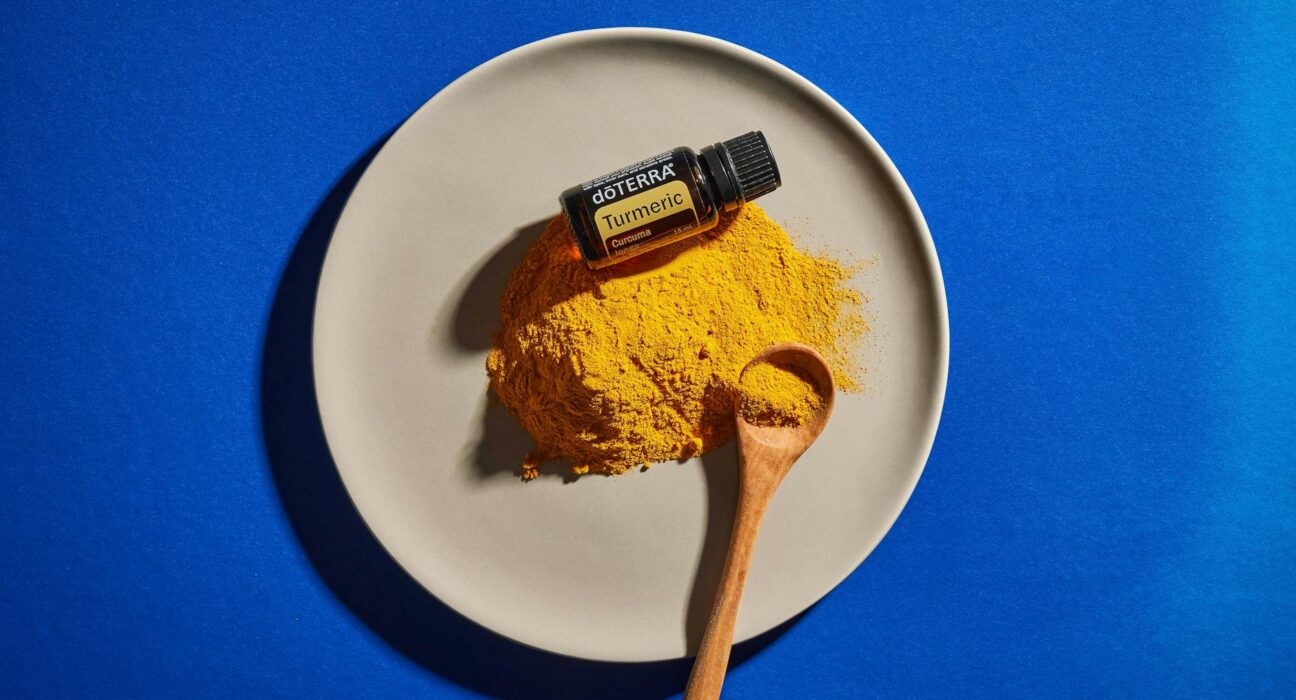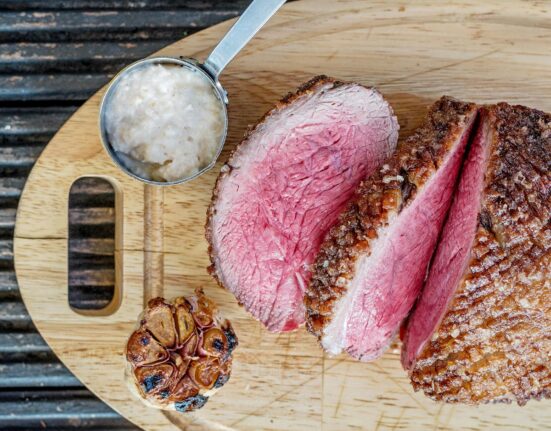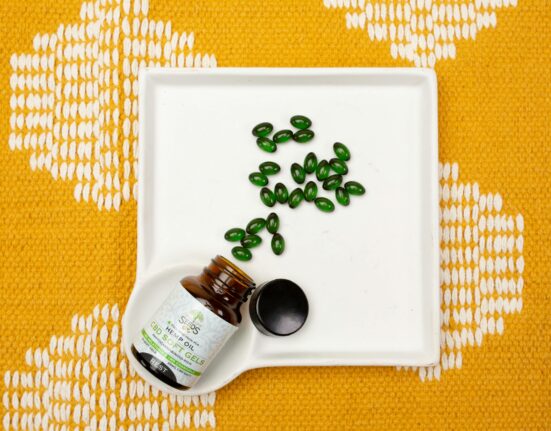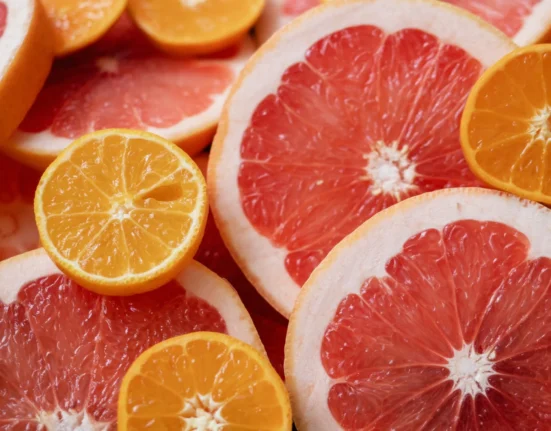Ever feel achy, bloated, or just off after meals? Inflammation could be the silent culprit behind those nagging discomforts. The good news: your kitchen holds the key to calming it down. Simple, everyday ingredients can act like natural medicine, soothing your body from the inside out.
From berries to leafy greens, certain foods pack powerful anti-inflammatory compounds. They don’t just reduce discomfort—they boost energy, support immunity, and even sharpen focus. The best part? You don’t need a fancy diet overhaul. Just small, smart swaps in your daily meals.
Let’s explore the easiest anti-inflammatory foods to weave into your routine. No strict rules or expensive supplements—just real food that works.
Understanding Inflammation and Diet
Inflammation is your body’s built-in alarm system. When you scrape your knee or fight a cold, temporary redness and swelling signal healing—that’s acute inflammation. But when the alarm won’t turn off, trouble starts. Chronic inflammation lingers silently, damaging tissues over time. It’s like a smoldering campfire instead of a quick flare-up.
What keeps that fire burning? Often, it’s daily choices—especially what’s on your plate. Food can fan the flames or douse them.
What Causes Chronic Inflammation
Some everyday habits unknowingly turn up the heat on inflammation. Common triggers include:
- Processed foods: Chips, frozen meals, and deli meats often contain refined oils and additives that irritate your body’s defenses.
- Added sugar: Sodas, pastries, and even “healthy” snacks like flavored yogurt spike blood sugar, triggering inflammatory molecules.
- Stress: Chronic tension releases cortisol, a hormone that ramps up inflammation over time.
Even small tweaks—like swapping soda for sparkling water or choosing whole-grain toast over white bread—can dial back these triggers.
How Food Can Fight Inflammation
Certain nutrients act like firefighters for chronic inflammation. Here’s how they work:
- Omega-3 fatty acids (in salmon, walnuts, chia seeds) block inflammatory pathways. Think of them as smoothing rough edges inside your cells.
- Antioxidants (loaded in blueberries, kale, dark chocolate) neutralize free radicals—those unstable molecules that damage cells.
- Spices like turmeric contain curcumin, a compound that soothes inflammation at the molecular level.
These aren’t exotic ingredients. A handful of almonds, a drizzle of olive oil, or even a cup of green tea quietly shifts your body’s internal environment.
Top Anti-Inflammatory Foods to Stock
Filling your pantry and fridge with the right ingredients makes fighting inflammation effortless. These foods don’t just sit on shelves—they actively work to cool internal fires. Ready to turn your meals into medicine? Let’s break down the top choices by category.
Colorful Fruits and Vegetables
Nature’s brightest produce hides the strongest anti-inflammatory powers. The deeper the color, the more protective compounds they pack.
- Blueberries: Tiny but mighty, these berries are loaded with anthocyanins—a type of antioxidant that quiets irritation in cells. Toss them into oatmeal or blend into smoothies.
- Spinach: This leafy green delivers magnesium and vitamins C and E, which help lower oxidative stress. Sauté it with garlic for a quick side dish.
- Cherry tomatoes: Their lycopene content makes them inflammation fighters, especially when cooked. Roast them with olive oil to amplify the benefits.

Photo by Lukas
Healthy Fats and Proteins
Not all fats are created equal. The right kinds rebuild cell membranes and block inflammatory signals.
- Wild-caught salmon: Rich in omega-3s, it’s like a repair kit for your arteries. Grill it with lemon for a simple dinner.
- Walnuts: Eat a handful raw for plant-based omega-3s and fiber. They’re perfect on salads or blended into pesto.
- Extra-virgin olive oil: Its polyphenols act like bodyguards against inflammation. Drizzle it over roasted veggies or use for low-heat cooking.
Powerful Herbs and Spices
These kitchen staples turn ordinary meals into inflammation-soothing remedies. A little goes a long way.
- Turmeric: Its golden compound, curcumin, rivals some anti-inflammatory drugs. Mix it into scrambled eggs or golden milk.
- Ginger: Zesty and warm, ginger blocks inflammatory enzymes. Grate it into stir-fries or steep in hot tea.
- Garlic: Allicin, its active compound, helps lower inflammatory markers. Roast whole cloves to mellow the flavor.

Photo by Karolina Grabowska
Stocking these foods means every snack or meal becomes a chance to heal. No magic pills—just real ingredients that do the work for you.
Simple Anti-Inflammatory Recipes
Turning anti-inflammatory foods into delicious meals doesn’t require chef-level skills. These easy recipes fit into any routine, packing flavor and healing into every bite. Start your day with a golden smoothie, power through lunch with a hearty salad, and wind down with omega-rich salmon—all designed to quiet inflammation without the hassle.
Breakfast: Golden Turmeric Smoothie
This creamy blend tastes like sunshine in a glass. Turmeric’s curcumin teams up with black pepper (which boosts absorption) to calm inflammation, while banana adds natural sweetness and potassium for muscle support.
Ingredients:
- 1 frozen banana
- 1 cup almond milk (unsweetened)
- ½ tsp turmeric powder
- Pinch of black pepper
- 1 tsp chia seeds (optional for omega-3s)
Method:
- Toss everything into a blender.
- Blend until smooth, about 30 seconds.
- Pour into a glass and sip slowly.
The almond milk provides vitamin E to protect cells, while chia seeds add fiber to keep gut inflammation in check. Perfect for busy mornings or post-workout recovery.

Photo by Karl Solano
Lunch: Quinoa and Kale Salad
This salad is a texture playground—crunchy, creamy, and packed with inflammation-fighting ingredients. Quinoa offers complete protein, kale delivers antioxidants, and pumpkin seeds add magnesium to relax muscles.
Ingredients:
- 1 cup cooked quinoa (cooled)
- 2 cups chopped kale (massaged with olive oil)
- ½ avocado, diced
- 2 tbsp pumpkin seeds
- 1 tbsp lemon juice
Method:
- Mix quinoa and kale in a bowl.
- Top with avocado, pumpkin seeds, and a squeeze of lemon.
- Toss gently and enjoy.
Avocado’s healthy fats help your body absorb kale’s vitamins, while lemon juice brightens flavors and adds vitamin C. Make it ahead for lunches all week.
Dinner: Baked Salmon with Garlic Greens
Salmon’s omega-3s and garlic’s allicin form a powerful anti-inflammatory duo. This one-pan meal takes 20 minutes and fills your kitchen with savory aromas.
Ingredients:
- 2 salmon fillets
- 2 cups spinach or Swiss chard
- 2 cloves garlic, minced
- 1 tbsp olive oil
- Lemon wedges (to serve)
Method:
- Preheat oven to 400°F (200°C).
- Place salmon on a baking sheet lined with parchment.
- Sauté greens and garlic in olive oil until wilted, about 3 minutes.
- Bake salmon for 12–15 minutes until flaky.
- Serve salmon over greens with a squeeze of lemon.
The gentle cooking preserves salmon’s delicate fats, while garlic’s sulfur compounds activate its anti-inflammatory magic. Pair with roasted sweet potatoes for extra fiber.

Photo by Lukas
Each recipe balances simplicity with science-backed benefits. No obscure ingredients—just real food that works while you sleep, work, or unwind.
Making Anti-Inflammatory Eating Sustainable
Anti-inflammatory eating shouldn’t feel like a chore. The key to lasting success? Working with your lifestyle, not against it. Small, practical tweaks make it stick.
Meal Planning Strategies
Batch cooking turns healthy eating into a habit, not a hassle. Spend a few hours on Sunday prepping ingredients, and your future self will thank you.
- Roast a tray of vegetables: Sweet potatoes, bell peppers, and zucchini keep well for 4 days. Toss them in salads, grain bowls, or as quick sides.
- Cook grains in bulk: Quinoa, brown rice, or farro store easily. Spoon them into soups or stir-fries all week.
- Prep protein: Grill chicken breasts, bake salmon, or simmer lentils. Having these ready slashes mealtime stress.
Stock your pantry with anti-inflammatory staples that last:
- Canned wild-caught salmon
- Extra-virgin olive oil
- Frozen berries and spinach
- Raw nuts and seeds
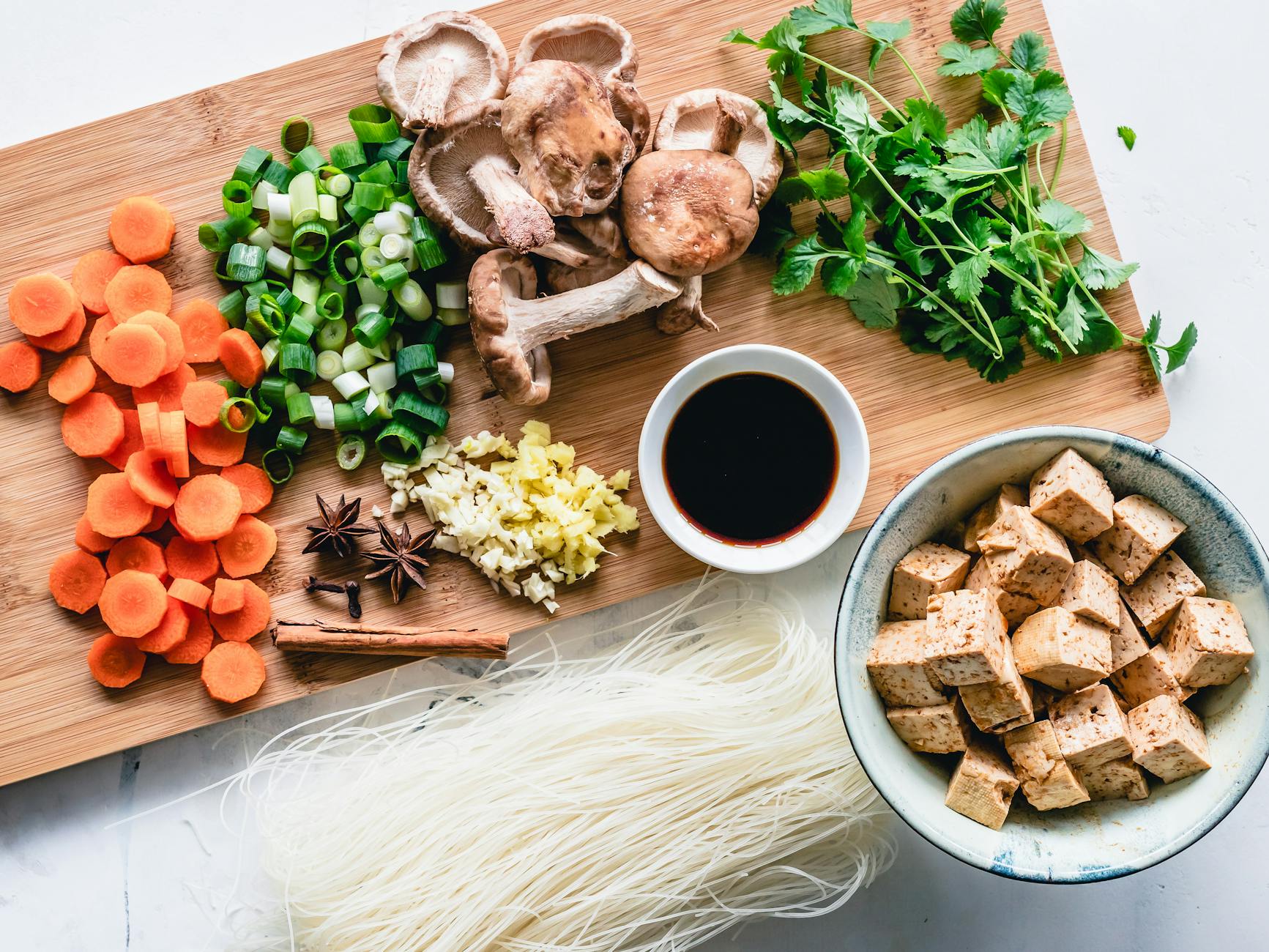
Photo by Ella Olsson
Smart Swaps for Common Foods
You don’t need to ditch comfort foods. Just upgrade them.
- Swap white potatoes for sweet potatoes: More fiber, less blood sugar spike. Roast them as fries or mash with cinnamon.
- Trade vegetable oil for avocado oil: Higher smoke point, healthier fats. Ideal for sautéing or baking.
- Replace sugar-laden yogurt with plain Greek yogurt: Top with fresh fruit and honey. Doubles the protein, halves the sugar.
Even small changes add up. Love pasta? Try lentil or chickpea noodles for extra protein and fiber. Craving crunch? Air-popped popcorn with olive oil beats processed chips.
Listening to Your Body
Food reactions are personal. Track how meals make you feel—energy crashes, bloating, or joint stiffness can signal inflammation triggers.
Keep it simple:
- Note what you ate.
- Rate how you felt 1-3 hours later.
- Adjust based on patterns.
Maybe almonds give you energy but dairy slows you down. That’s valuable intel. Over time, you’ll craft an anti-inflammatory diet tailored to your body’s signals.
This approach isn’t about perfection. It’s about progress—one intentional choice at a time.
Conclusion
Your kitchen holds more power than you might think. Simple ingredients like blueberries, salmon, and turmeric don’t just fill your plate—they quiet inflammation, boost energy, and help your body heal. This isn’t about drastic changes. Start small. Swap one processed snack for a handful of walnuts. Stir turmeric into your morning eggs.
The best part? You don’t need a perfect diet to see results. Just consistent, mindful choices. Pick one new anti-inflammatory food this week and taste the difference. Your body will thank you.


